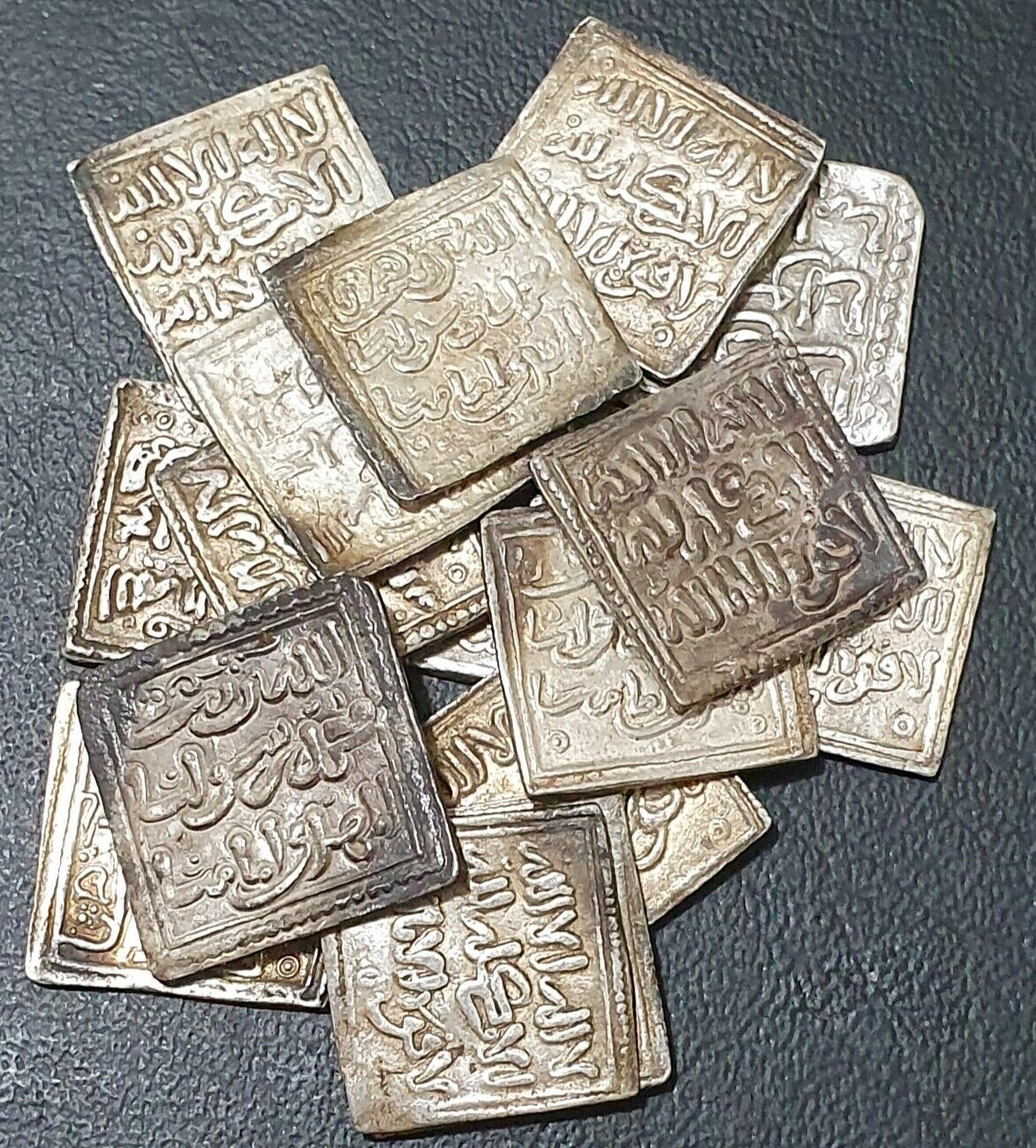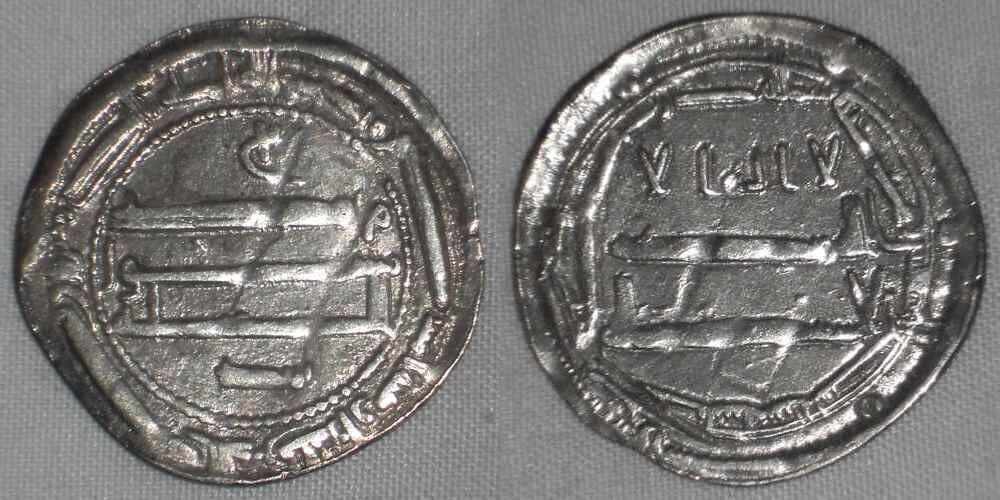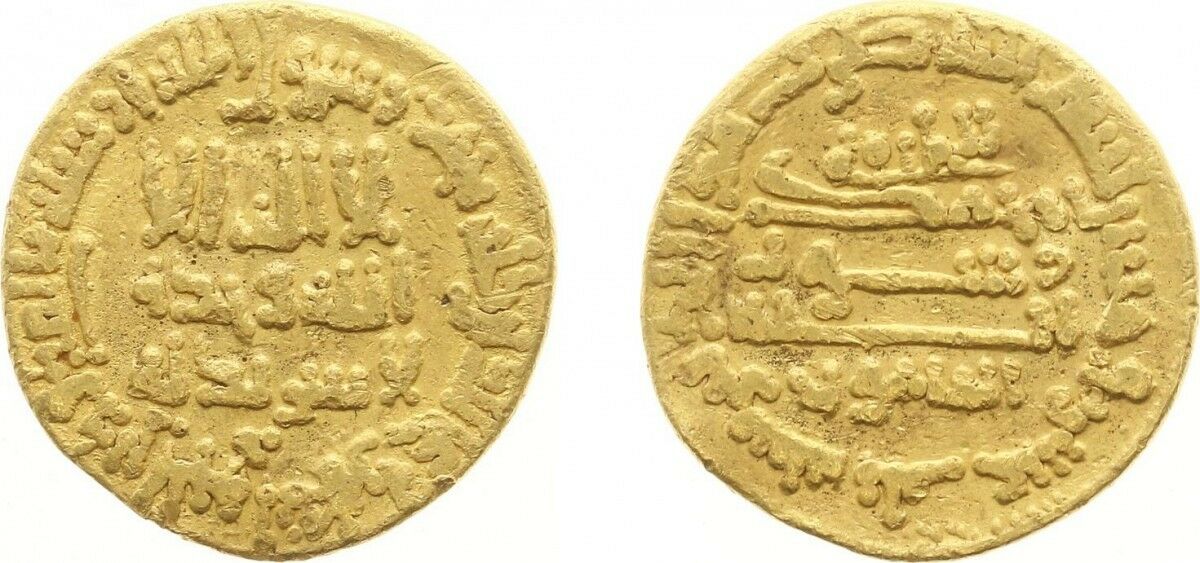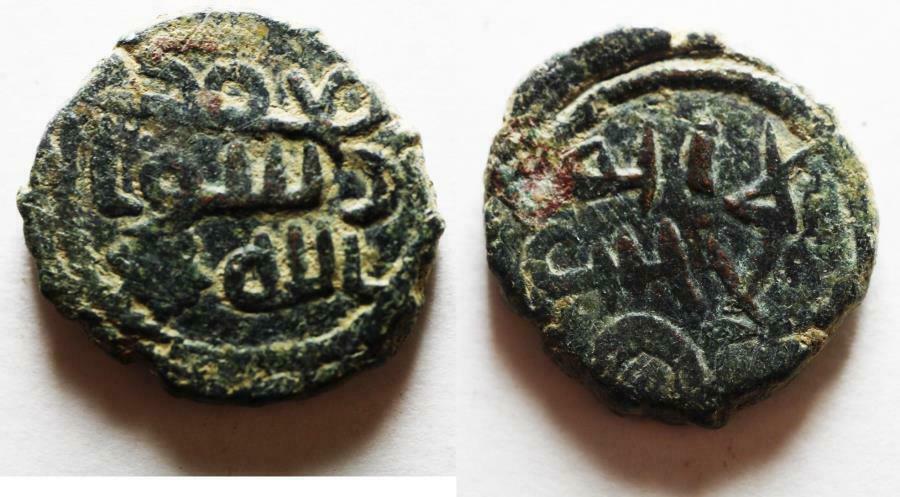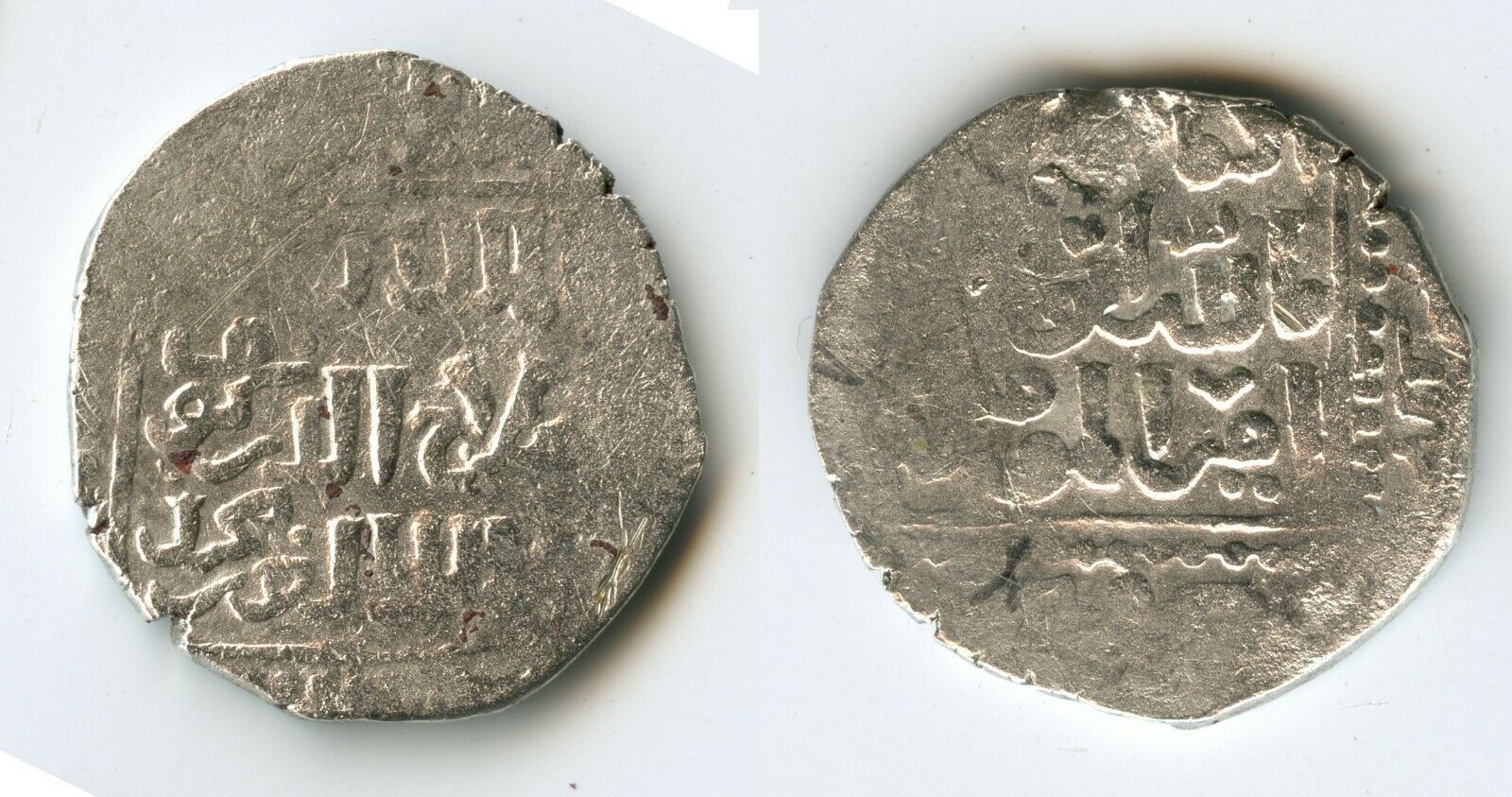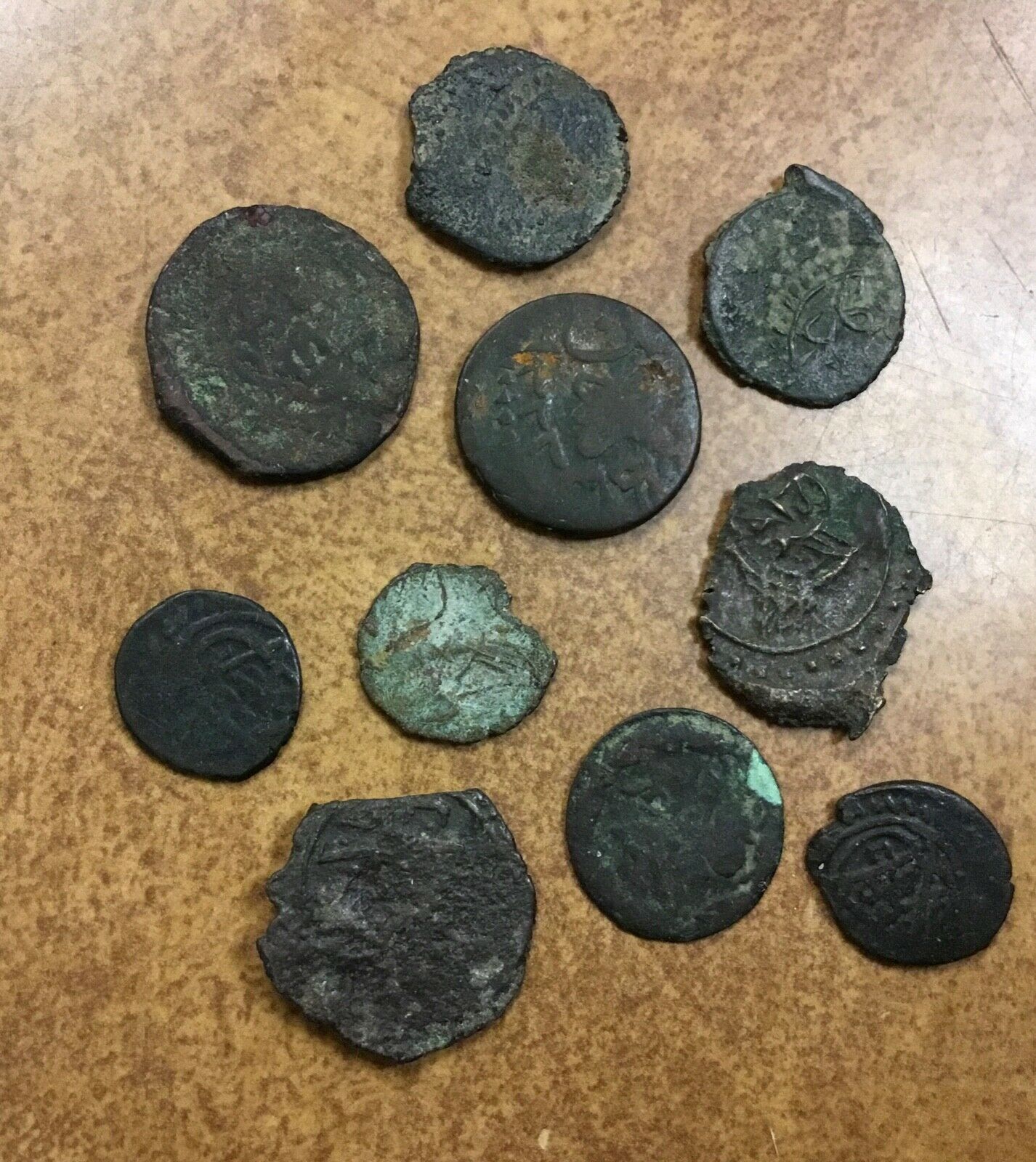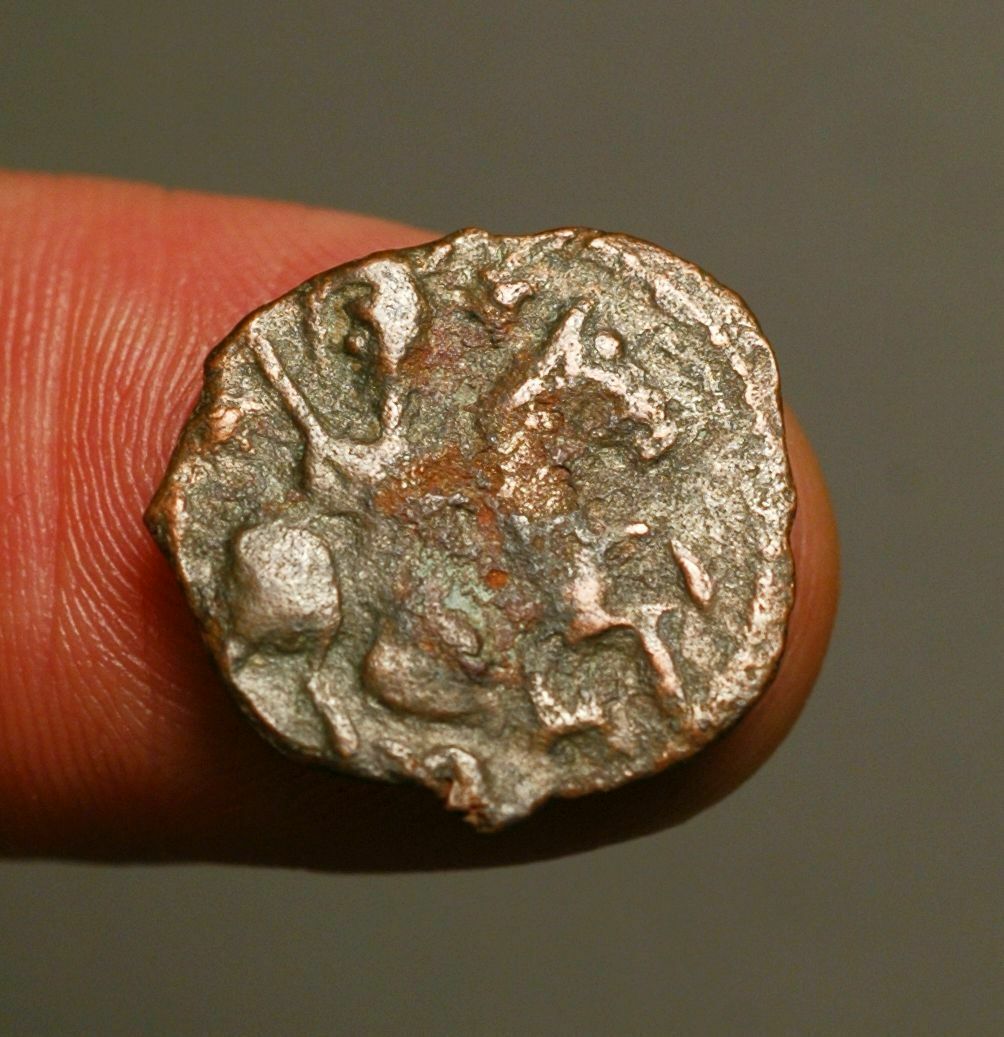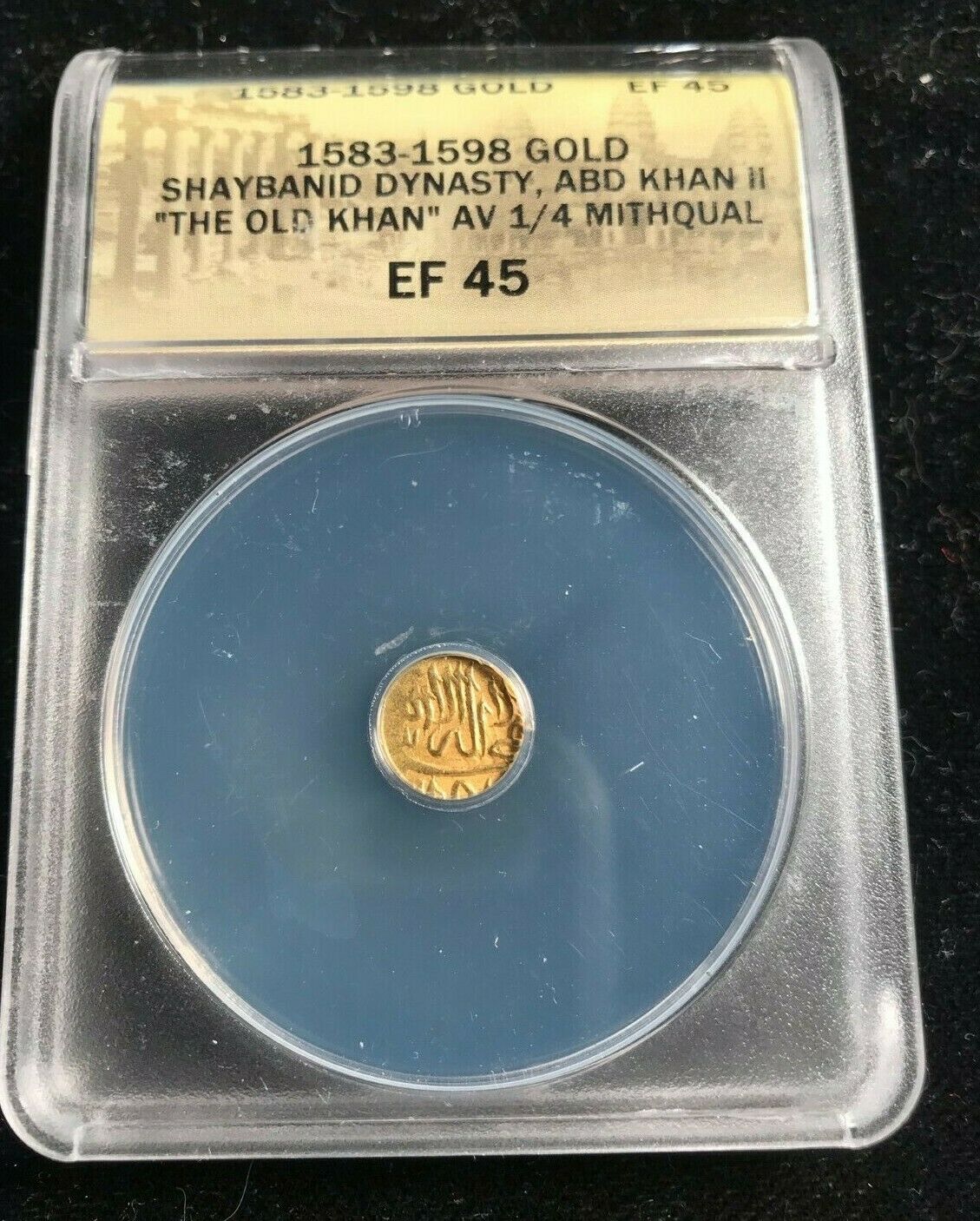-40%
1287-91 AD Golden Horde Juchid Dirham XF WHITE & LILAC TONES Q'RIM MINT A-202.2
$ 39.6
- Description
- Size Guide
Description
Ancient Coins Guaranteed AuthenticI offer 30-day no questions asked free returns!*‡‡
All Shipping Combined
Free Domestic Shipping
International Shipping Free For Purchases over ,000
*Does not include items damaged within first 30 days.
‡‡ Returns & cancellations Subject to a 3% restocking fee.
An unavoidable fee due to Paypal's recent user agreement changes.
The Golden Horde
The Golden Horde (Mongolian: Алтан Орд, romanized: Altan Ord; Kazakh: Алтын Орда, Altın Orda; Tatar: Алтын Урда, Altın Urda) or Ulug Ulus - lit. “Great State” in Turkic[7] was originally a Mongol and later Turkicized khanate established in the 13th century and originating as the northwestern sector of the Mongol Empire.[8] With the fragmentation of the Mongol Empire after 1259 it became a functionally separate khanate. It is also known as the Kipchak Khanate or as the Ulus of Jochi.[9]
After the death of Batu Khan (the founder of the Golden Horde) in 1255, his dynasty flourished for a full century, until 1359, though the intrigues of Nogai instigated a partial civil war in the late 1290s. The Horde's military power peaked during the reign of Uzbeg Khan (1312–1341), who adopted Islam. The territory of the Golden Horde at its peak included most of Eastern Europe from the Urals to the Danube River, and extended east deep into Siberia. In the south, the Golden Horde's lands bordered on the Black Sea, the Caucasus Mountains, and the territories of the Mongol dynasty known as the Ilkhanate.[9]
The khanate experienced violent internal political disorder beginning in 1359, before it briefly reunited (1381–1395) under Tokhtamysh. However, soon after the 1396 invasion of Timur, the founder of the Timurid Empire, the Golden Horde broke into smaller Tatar khanates which declined steadily in power. At the start of the 15th century, the Horde began to fall apart. By 1466, it was being referred to simply as the "Great Horde". Within its territories there emerged numerous predominantly Turkic-speaking khanates. These internal struggles allowed the northern vassal state of Muscovy to rid itself of the "Tatar Yoke" at the Great Stand on the Ugra River in 1480. The Crimean Khanate and the Kazakh Khanate, the last remnants of the Golden Horde, survived until 1783 and 1847 respectively.






